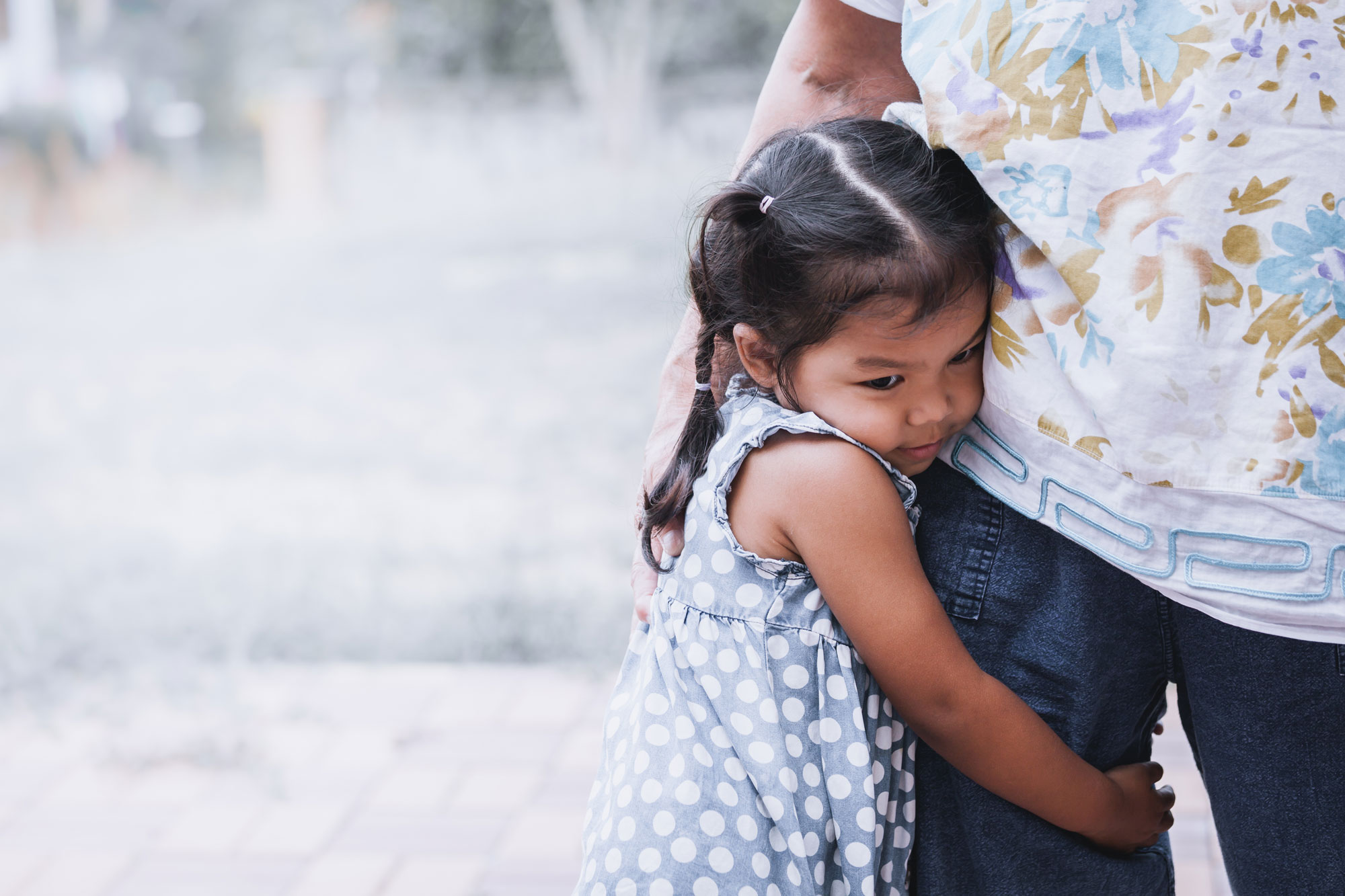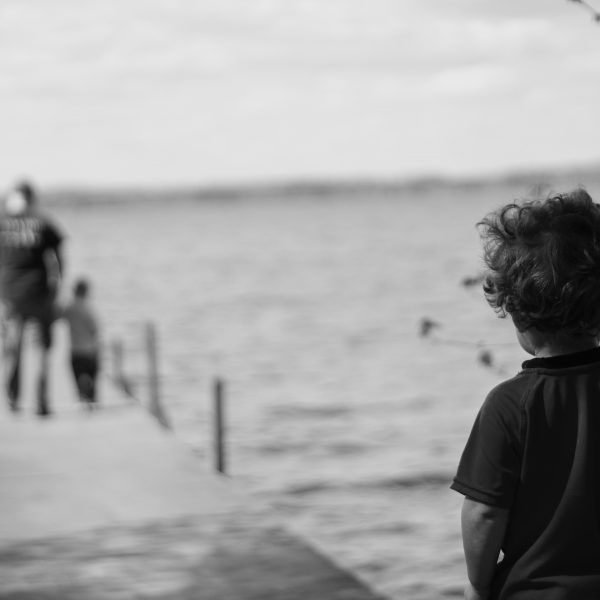Community Trauma Toolkit created to assist educators

Australia is a land of extremes – floods, fires, storms and other weather events all form part of the reality of children and families as they live and grow in our country. To assist communities and sectors, such as early childhood education and care (ECEC) who work with children and families, the team from Emerging Minds have created a Community Trauma Toolkit.
The toolkit contains resources to help and support adults before, during and after a disaster or traumatic event. It assists those responding to crisis to understand some of the impacts, and how these may be lessened. With children depending on the adults around them to process trauma, this toolkit equips educators with resources to provide reassurance, care, and opportunities to help children to share their feelings.
The Sector reached out to Nicola Palfrey, Director of Australian Child and Adolescent Trauma, Grief & Loss Network, to learn more about the toolkit, and how educators may use it in their work with children and families.
What is trauma?
Trauma, Ms Palfrey said, “refers to an event that overwhelms an individual’s capacity to cope with it physically or emotionally. It is the experience of the event – how frightening, how painful, etc. – rather than the event itself, that can be traumatic.”
She emphasised that the effects of trauma are not impacted by age and gender as much as the level and type of exposure, i.e. how closely the child was impacted. For example, were members of the child’s family killed? Did they lose their home? What other previous experiences of trauma and adversity has the child had?
Gender differences do exist in that generally boys tend to exhibit more outward signs of distress (also known as ‘externalising behaviours’) and girls more ‘internalising’. But that is also influenced by our gendered expectations of behaviour, she added.
Common misconceptions about trauma
We asked Ms Palfrey about some of the common misconceptions present in society with regards to the way in which children and young people experience, and respond to, trama.
“People often over or under estimate how children will be impacted by exposure to a traumatic event. Not all children will be impacted, but that doesn’t mean all children just ‘bounce back’. While most children recover well over time, a small but significant minority will have ongoing difficulties with their mental health and wellbeing and would benefit from extra support such as counselling.”
When traumatic events impact a community, it may be that after a few weeks or months, things seem “back to normal” – buildings are re-built, people return to normal routines, and things appear to be as they once were. This, Ms Palfrey said, can belie the fact that recovery periods are actually much longer, and for many children and adults, the impacts of exposure to the traumatic event only begin to be evident in the months and years after the event.
One other misconception, perhaps influenced by an increased presence of reporting and sharing on post-traumatic stress disorder (PTSD), is that PTSD is the only mental health condition that people develop as a result of exposure to traumatic events. Ms Palfrey noted that while many children experience post traumatic symptoms such as nightmares, flashbacks and a desire to avoid reminders of the event, many also experience significant issues with other mental health difficulties such as anxiety, depression and difficulties with relationships.
Trauma markers – signs and symptoms educators should look for
Recognising that children experience trauma in different ways, with even families having vastly different means of processing the same trauma, we asked Ms Palfrey to discuss some consistent markers of trauma that educators should be aware of.
Many educators, she said, will be aware of behaviours that can be linked to trauma exposure and that are clearly visible – sometimes referred to as ‘externalising’ behaviours. These can be displays of anger, sadness, aggression or difficulties staying focused and on task. These are often linked to whether or not a child is feeling safe emotionally and physically. Children cannot learn if they are not feeling safe and grounded, and exposure to traumatic events can seriously disrupt their feelings of safety.
Other behaviours in children can be harder to spot and more difficult to link with trauma exposure. Known as ‘internalising’ behaviours, they include children withdrawing from social interactions, friendships and engagement; ‘spacing out’ or dissociating when learning; or experiencing ongoing anxiety or low mood.

How can educators support themselves when supporting others?
It is vital that educators look after their own wellbeing given the burden of support they carry in their day to day roles, Ms Palfrey said, recommending that educators prioritise and engage in activities that support their own mental health, whether that be exercise, reading or social activities.
“The evidence is very clear that adults can only support children’s wellbeing in an optimal way if they themselves feel supported and are not overwhelmed. It is also vital that the broader system supports educators in this self-care.” she added
‘But children are resilient, they’ll bounce back’ – supporting others to understand trauma
There are some pervasive myths about children, and the need to support their mental health. One of which is that children, by virtue of their age, won’t remember, or don’t experience, trauma in the same way as older people. We asked Ms Palfrey about the validity of thoughts such as these, and what educators might do to counter them.
“Children are resilient” she said “they overcome big and small obstacles every day. However, it is important that we are clear in what we mean by being resilient. Being resilient does not mean never being upset, or sad, or angry. It refers to the capacity we all have to be able to experience difficulties, and with time and appropriate support, recover and engage in our lives in meaningful ways.”
She outlined clear evidence showing that the best way to raise children into independent, contributing, healthy members of society is to support their physical, social and emotional wellbeing throughout their lives.
“Children who have experienced trauma and adversity are best supported by having clear and consistent boundaries and high expectations. However, these expectations need to be in line with their developmental stage and capacity, taking into account that their development may have stalled or regressed due to their experiences.” she said.
Why work in trauma? Isn’t it sad?
We were curious to find out what drew Ms Palfrey into working in a field with such challenging experiences and situations to process. We asked “what drew you to working in this field?”
“A mixture of interest and opportunity.” Ms Palfrey said.
“My first work as a psychologist was in a generalist setting with young people (headspace), but time and again it became clear that many of these young people had experienced significant adversity and trauma in their lives, whether it be bullying, isolation or significant abuse.”
“I was interested in understanding more about how to support them and this led me to work in settings specialising in working with children who had experienced complex trauma. From there, I developed a passion for working at a systems level where I could have an impact on the bigger picture of how we view children’s mental health, because I knew that therapy on its own was never going to be enough.”
Where can educators go to learn more?
Aside from the comprehensive Community Trauma Toolkit, Ms Palfrey recommended the following resources:
beyou resources here:
www.earlytraumagrief.anu.edu.au
International site on creating trauma sensitive schools with excellent free manuals:
Popular

Quality
Practice
Provider
Research
ECEC in focus - Una Springwood’s intergenerational initiative brings young and old together through connection and care
2025-06-30 10:00:45
by Contributed Content

Provider
Practice
Quality
Research
Aboriginal Education Strategy drives early learning and school success in South Australia
2025-07-01 09:55:12
by Fiona Alston

Workforce
Policy
Quality
Research
Inclusive Practice Framework set to strengthen inclusion in early childhood settings
2025-06-24 11:37:00
by Isabella Southwell












